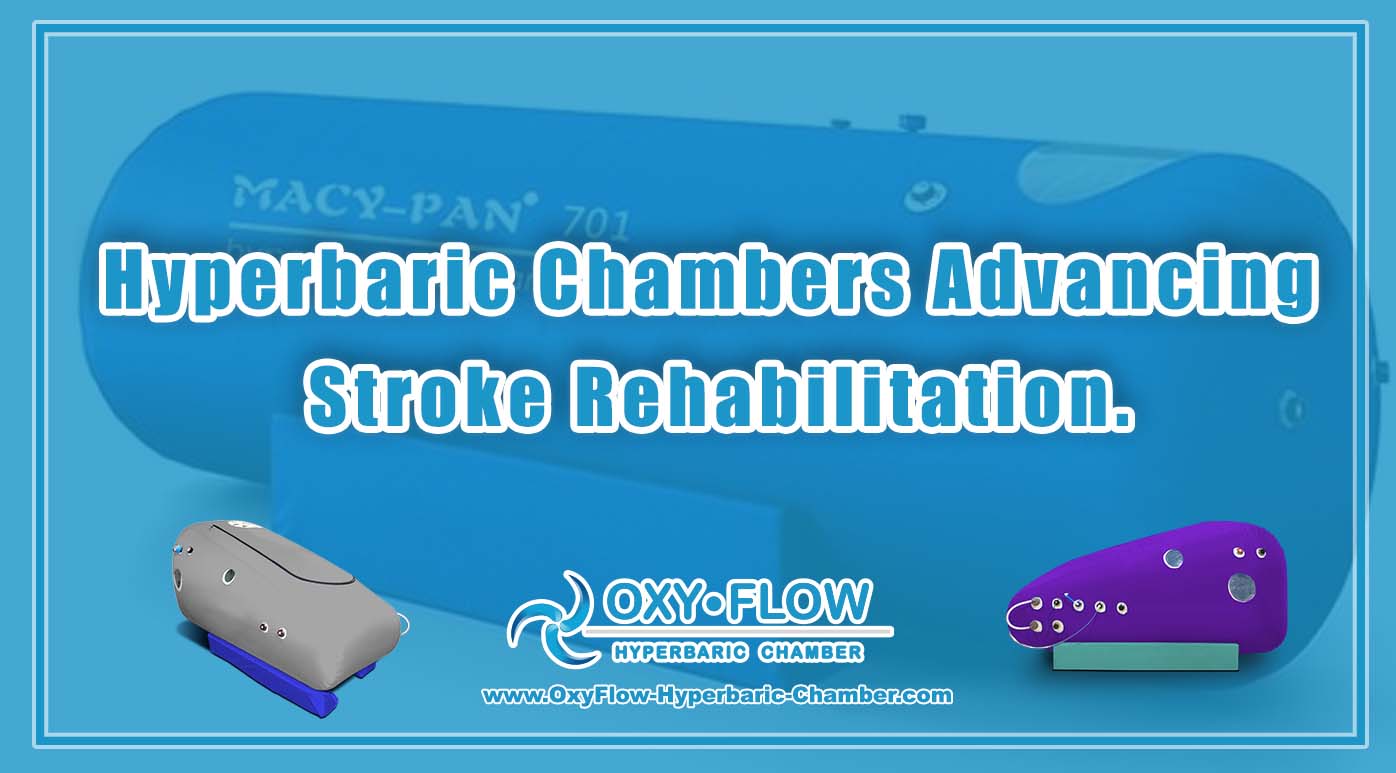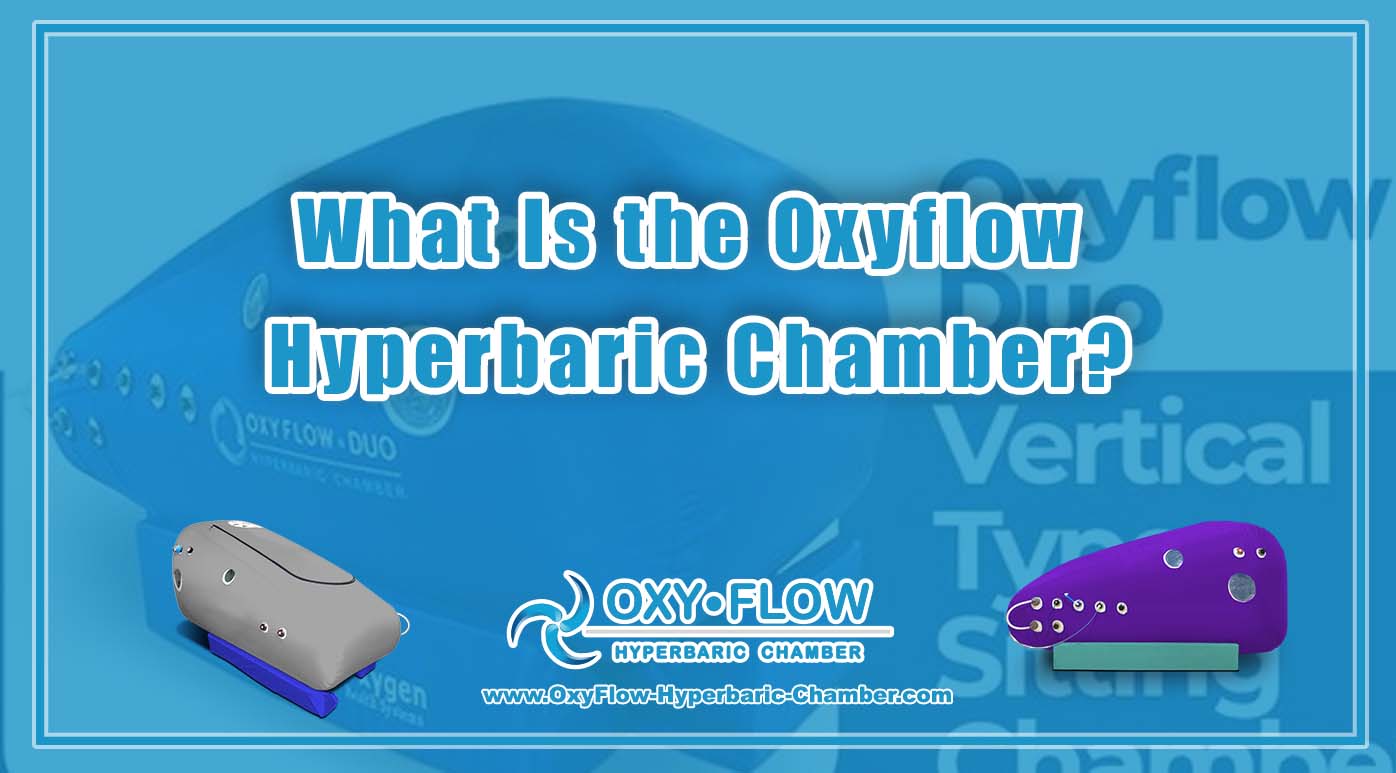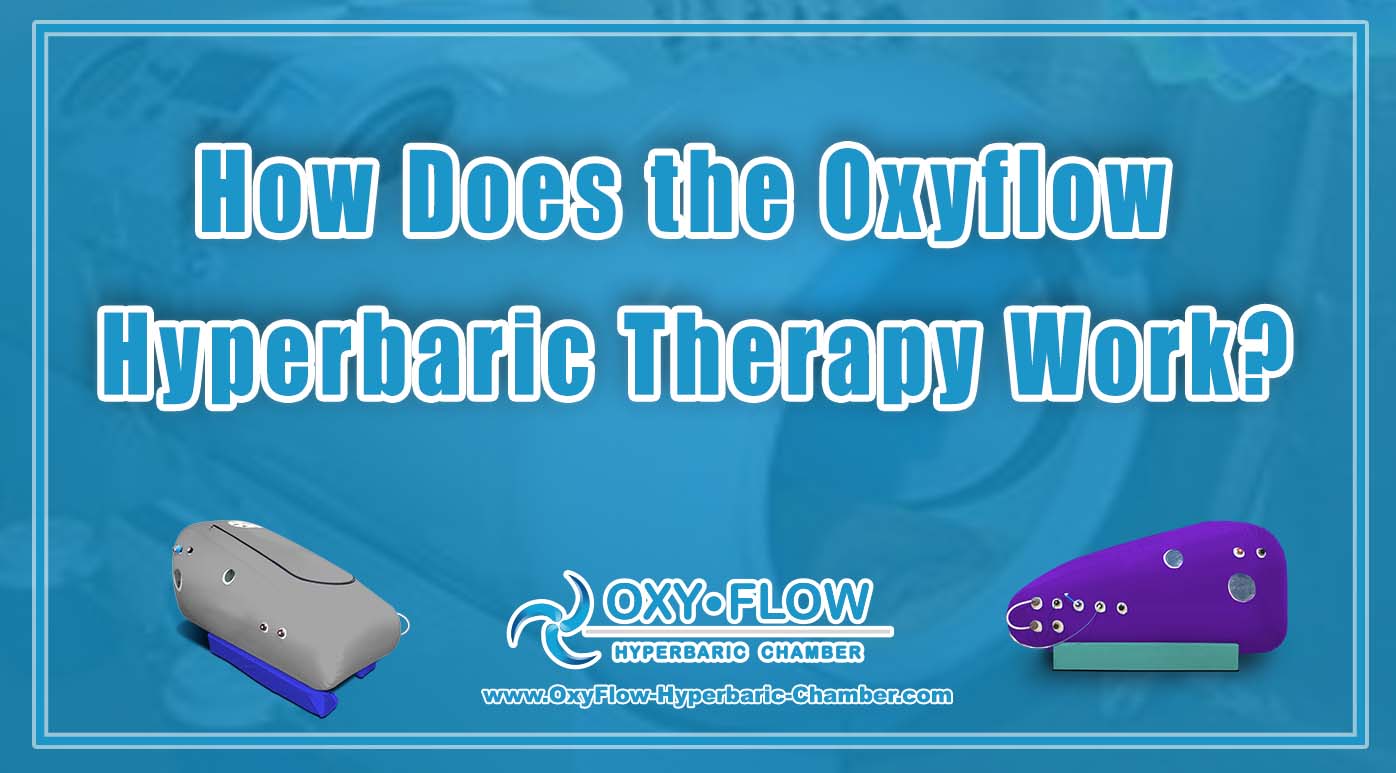
Hyperbaric Chambers | Advancing Stroke Rehabilitation.
Hyperbaric Chambers | Advancing Stroke Rehabilitation.

Introduction.
Advancing Stroke Rehabilitation Stroke is a leading cause of long-term disability worldwide, affecting millions of people each year. Traditional stroke rehabilitation methods have made significant progress in restoring function and quality of life for stroke survivors. However, researchers are constantly exploring innovative techniques to further enhance recovery outcomes. One such groundbreaking technology that shows promising results in stroke rehabilitation is the use of hyperbaric chambers.
Understanding Hyperbaric Chambers.
Hyperbaric oxygen therapy (HBOT) involves breathing pure oxygen in a pressurized room or tube, known as a hyperbaric chamber. The increased pressure allows your lungs to gather more oxygen than at normal air pressure, which then helps your blood carry more oxygen to your organs and tissues.
How Hyperbaric Chambers Aid in Stroke Rehabilitation.
Reducing Inflammation.
Inflammation plays a significant role in the secondary brain injury that occurs after a stroke. HBOT has been shown to reduce inflammation and limit the extent of damage caused by the initial stroke, thereby improving outcomes for stroke survivors.
Promoting Neuroplasticity.
Neuroplasticity refers to the brain’s ability to reorganize itself by forming new neural connections. HBOT has been found to stimulate neuroplasticity, helping the brain compensate for lost functions and facilitating the recovery of motor skills in stroke patients.
Enhancing Oxygen Delivery.
The oxygen-rich environment created by hyperbaric chambers enhances oxygen delivery to damaged brain tissues, promoting healing and tissue regeneration. This increased oxygen supply can help revive dormant brain cells and improve overall brain function post-stroke.
Preventing Secondary Injuries.
In addition to its direct benefits on stroke recovery, HBOT can help prevent secondary injuries that may occur in the aftermath of a stroke. By improving oxygenation and reducing inflammation, hyperbaric chambers contribute to a healthier recovery environment for the brain.
Research Evidence Supporting Hyperbaric Chambers in Stroke Rehabilitation
Numerous studies have investigated the efficacy of hyperbaric oxygen therapy in stroke rehabilitation, with many showing promising results. Research has demonstrated the following benefits of using hyperbaric chambers in stroke recovery:
- Improved Motor Function : Patients treated with HBOT showed enhanced motor function and better mobility post-stroke.
- Reduced Disability : Hyperbaric oxygen therapy was associated with reduced disability levels in stroke survivors, allowing for a higher quality of life.
- Enhanced Cognitive Abilities : Some studies suggest that HBOT may improve cognitive abilities and promote better mental health outcomes in stroke patients.
- Faster Recovery : Patients undergoing hyperbaric oxygen therapy often experienced a quicker recovery timeline compared to traditional rehabilitation methods.
Future Implications of Hyperbaric Chambers in Stroke Rehabilitation.
As the field of hyperbaric medicine continues to evolve, the use of hyperbaric chambers in stroke rehabilitation holds great promise for the future. Advancements in technology and research are likely to further enhance the efficacy of hyperbaric oxygen therapy for stroke survivors. Some potential future implications include:
- Personalized Treatment Plans : Tailoring hyperbaric oxygen therapy to individual stroke patients’ needs based on their specific condition and recovery goals.
- Combination Therapies : Integrating hyperbaric chambers with other rehabilitation techniques to maximize outcomes and speed up recovery.
Conclusion.
Hyperbaric chambers have emerged as a valuable tool in advancing stroke rehabilitation techniques. By harnessing the power of enhanced oxygen delivery and promoting neuroplasticity, hyperbaric oxygen therapy offers new hope for stroke survivors seeking to regain function and independence. As research in this field continues to expand, we are likely to see even greater strides in stroke recovery outcomes with the integration of hyperbaric chambers into comprehensive rehabilitation programs.


